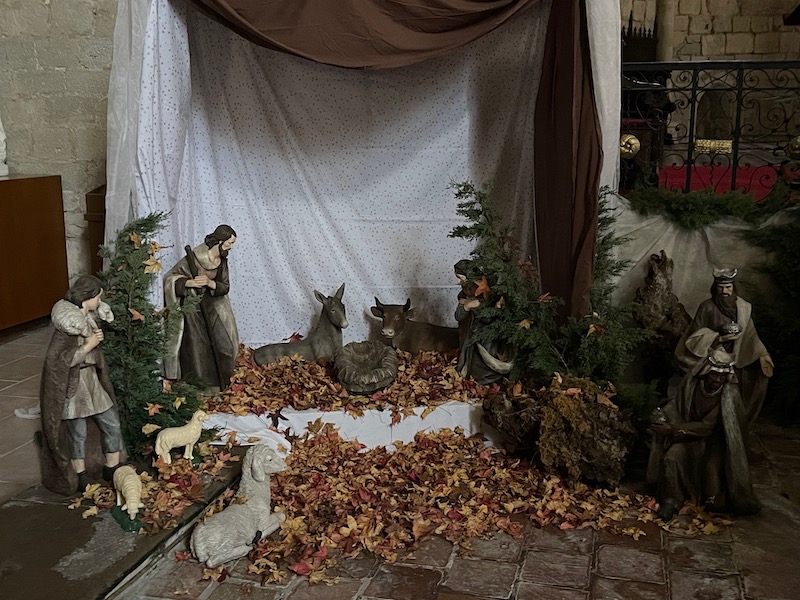Our Blog - Villages of Lescar and Geaune, France
One of the main routes heading west from Toulouse is a toll road that goes to Bayonne (on the Atlantic Ocean), following the Pyrenées mountain range that stretches across the border between France and Spain. We grabbed a few pictures of the snow-capped mountains in a couple different places: the first two from a park in Tarbes, and the other two in Lescar.

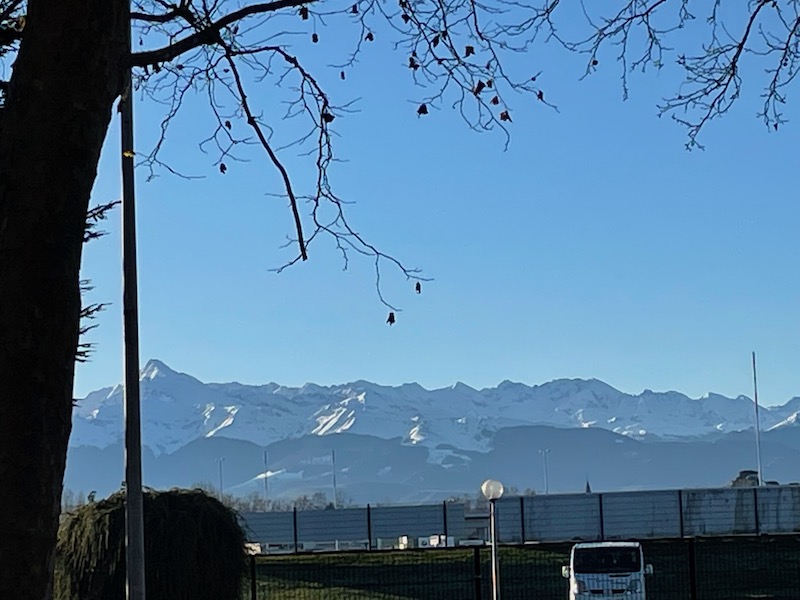
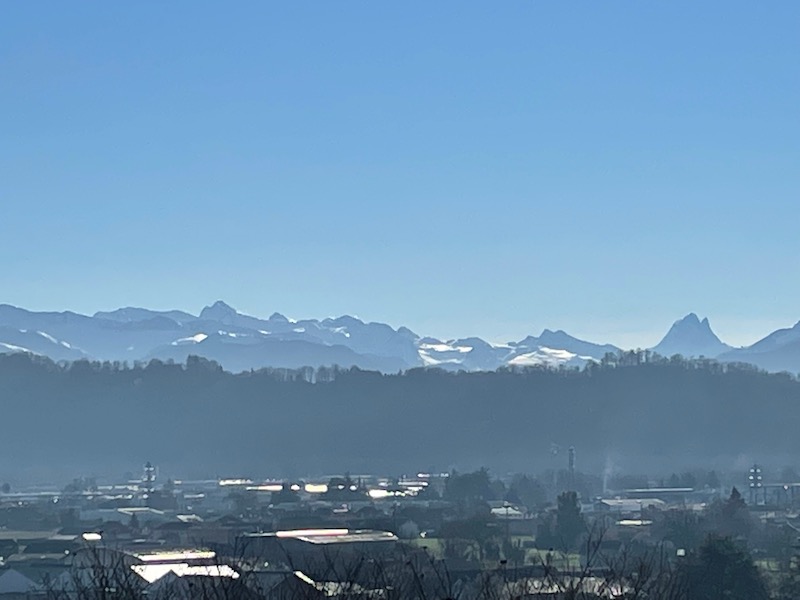
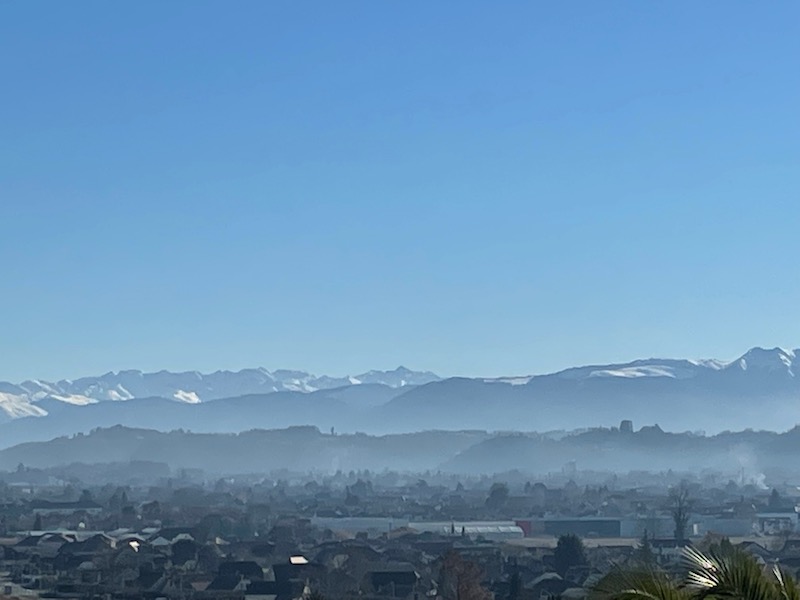
Lescar is a small village outside of the town of Pau, which dates back to 1st century in the Roman times, and traces of the Roman public thermal baths were identified during excavations in 2008. The upper town, built on a rocky promontory overlooking the Gave de Pau river, was walled in the beginning of the 5th century. It remained a fairly small village of less than 3,000 people until the late 1960's, when the populated started consistently rising to where it is today, hovering under 10,000 people for the past 20. years. We stopped by Lescar to visit the small Christmas Market there, and took time to go through the Cathedral.
Officially called Notre-Dame-de-l'Assomption de Lescar cathedral, the cathedral has an interesting exterior. If you look at it from the back, it is made of beige stone, but on the side, you can see the red stones (bottom half), then red brick (the upper half) and then the beige stone all the way to the right-hand side (3rd picture). The building dates from 1120 and has some very interesting things on the inside.
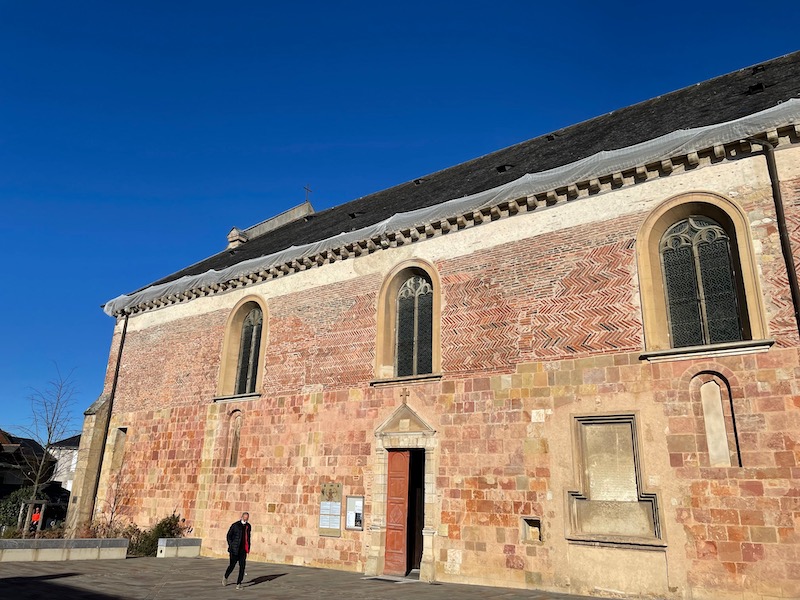
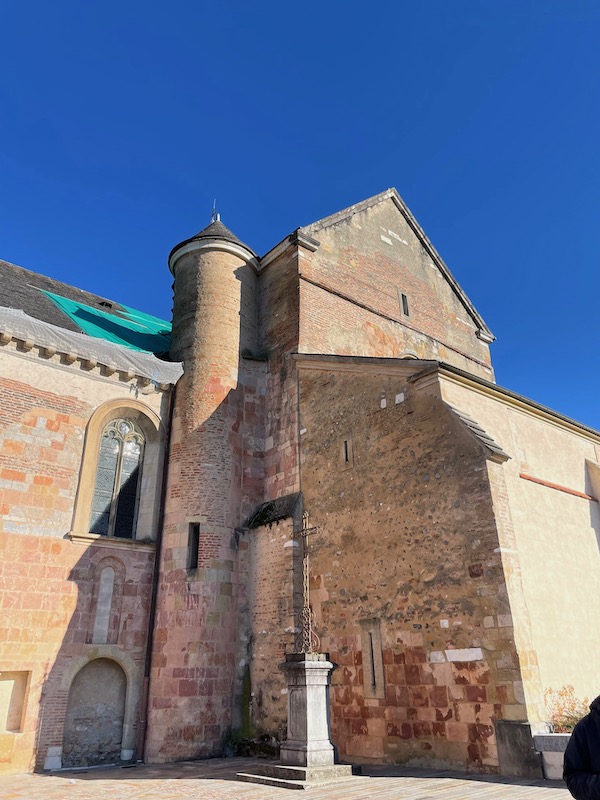
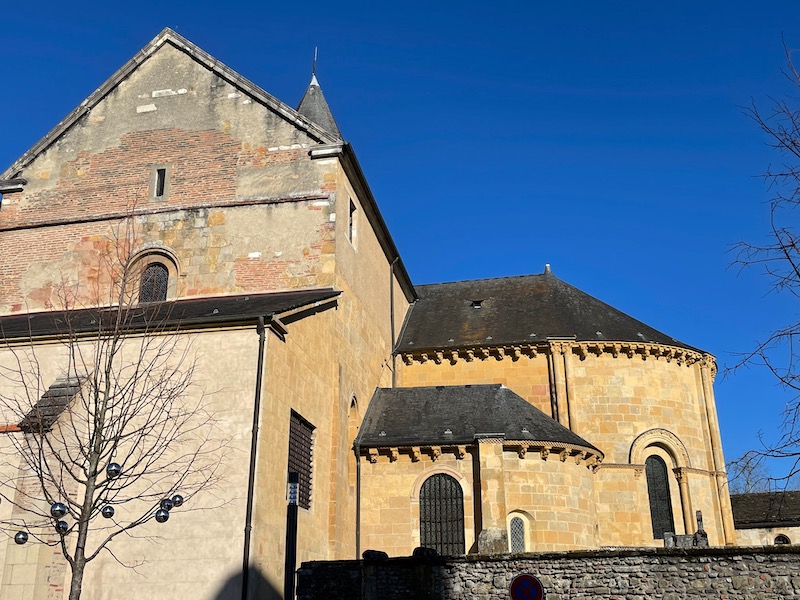
It has barrel vaults in the nave and aisles on each side. While the main altar is fairly simple, there are other altarpieces on the sides that are quite elaborate. I really liked the arms holding the candles!
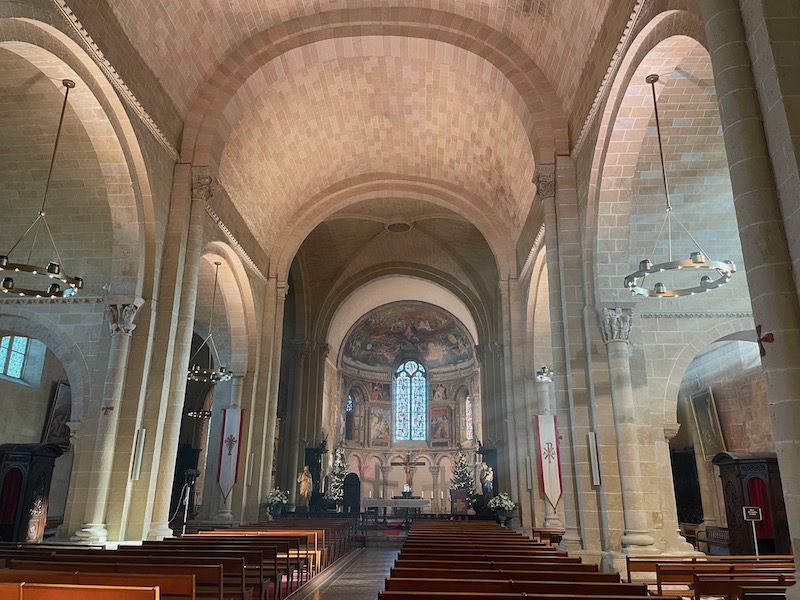
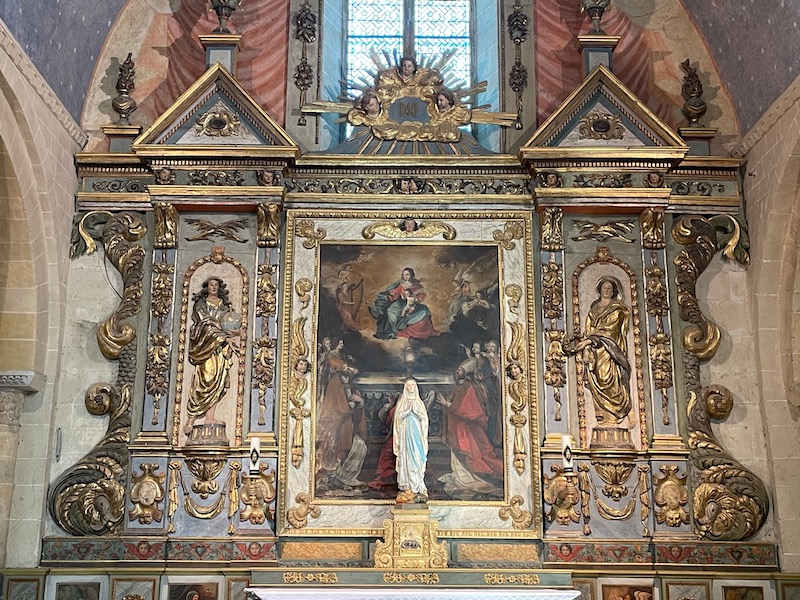
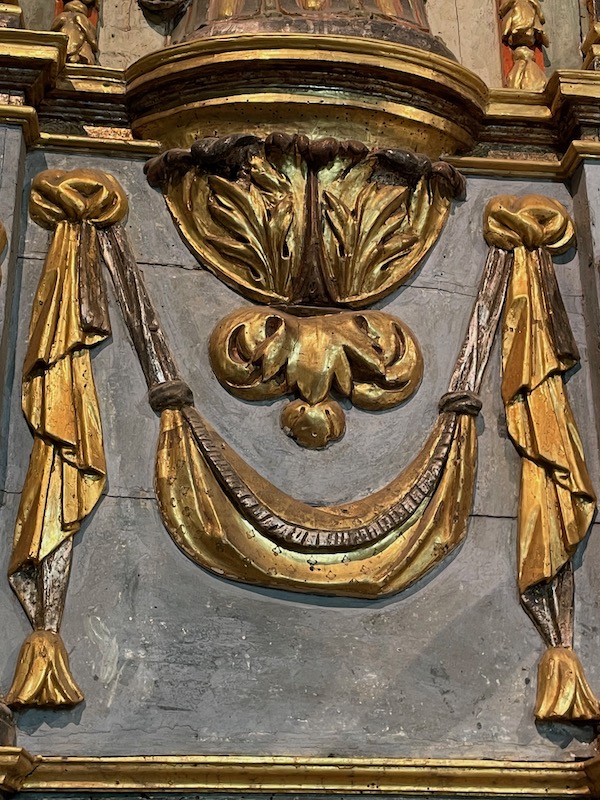
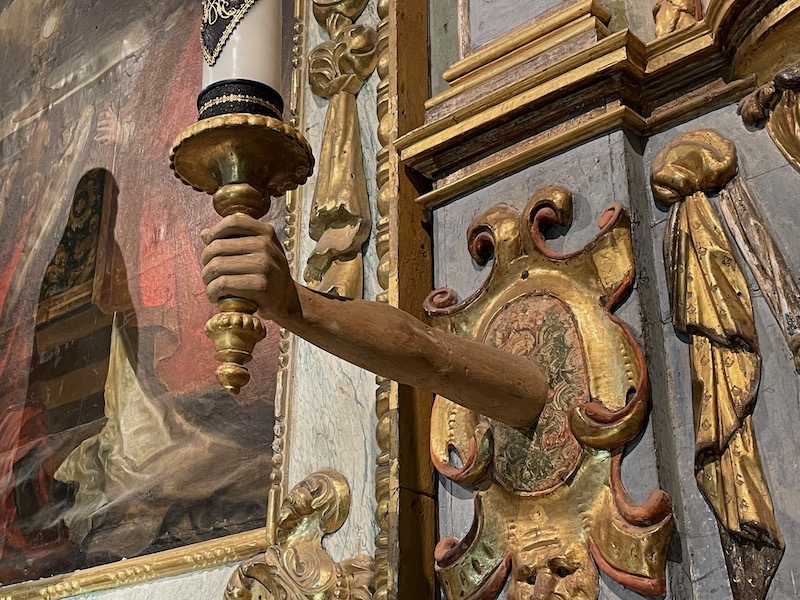


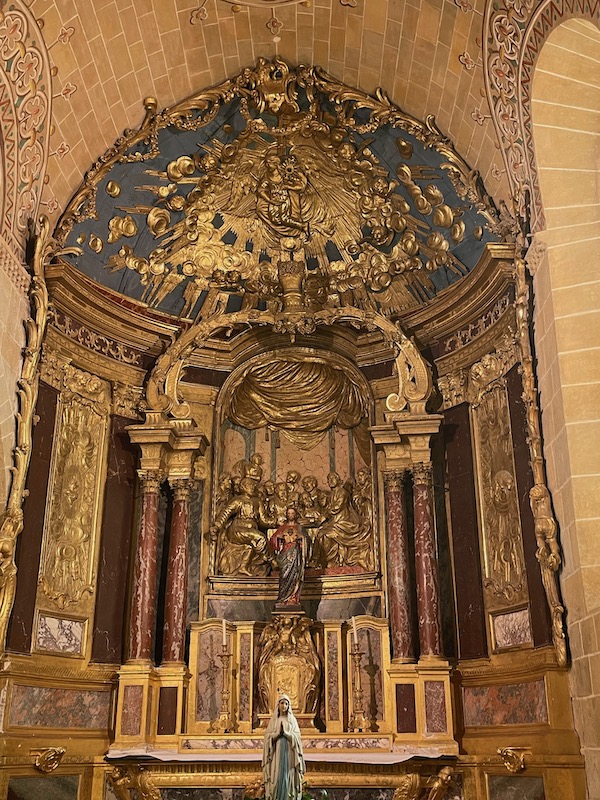
Being near Christmas, there was an interesting Nativity scene on display. Not quite your normal scene, but much more elaborate from a general-town point of view. You see the manger part of the scene on the left (shown in a cave) and then the town on the right.


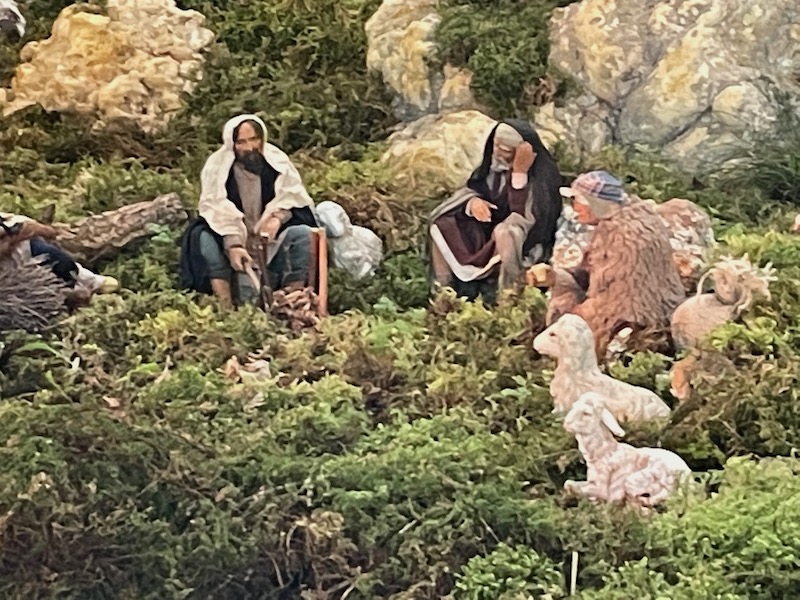

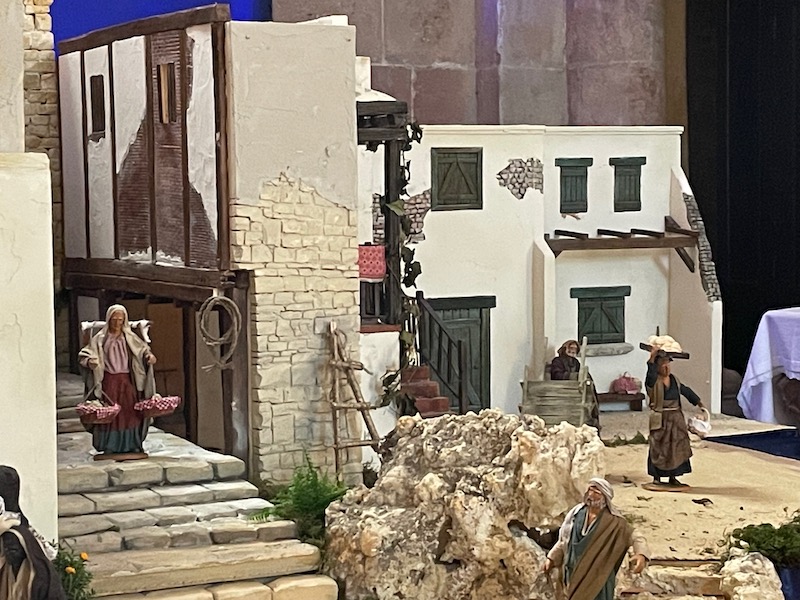
There is a lovely status of Joan of Arc and a white baptismal font.
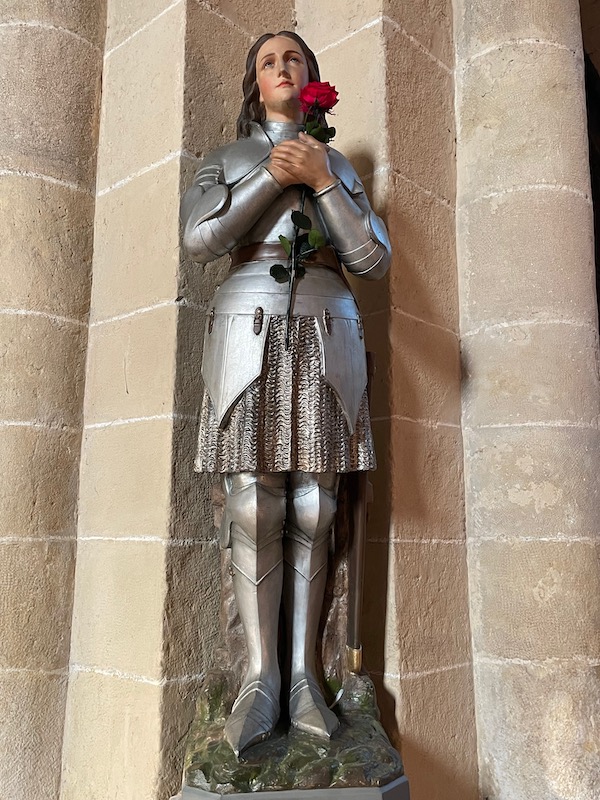
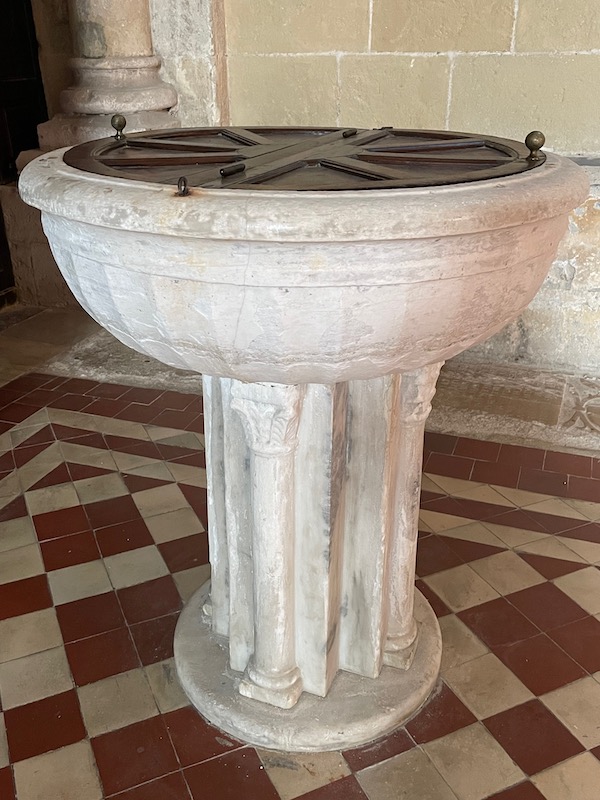
The Romanesque capitals are quite nice, and they each have different scenes at the top, including the birth of Christ and the sacrifice of Abraham.
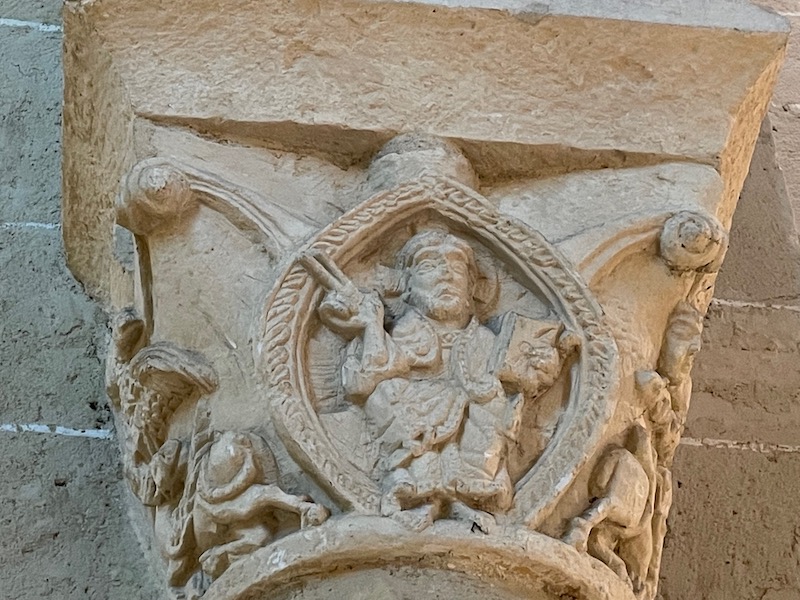
The carved wood choir stalls were carved between 1630 and 1640 and are made up of two rows of seats with large figures of saints above them. While the carver of the stalls is unknown, he (I assume a guy) seems to have been inspired by Flemish engravings from the 17th century.


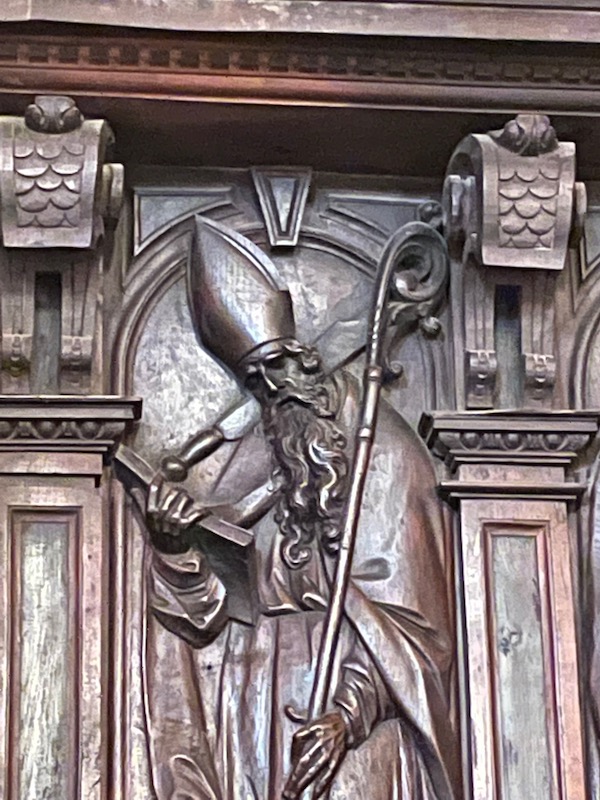
The paintings in the choir date from the 17th century. This first is entitled The Crowning of the Virgin Mary, done in 1650.

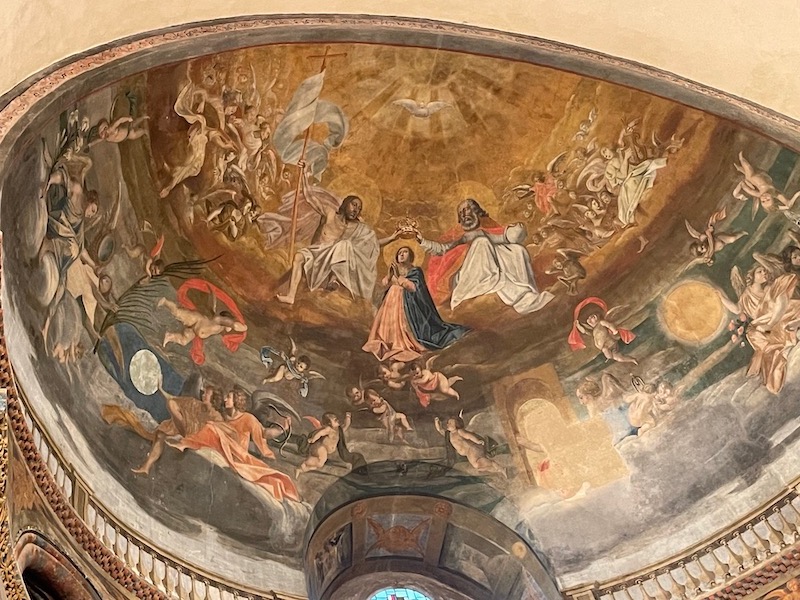

Then, on the next level down, there are several paintings in between the 3 stained-glass windows. The columns are also painted to look like marble.

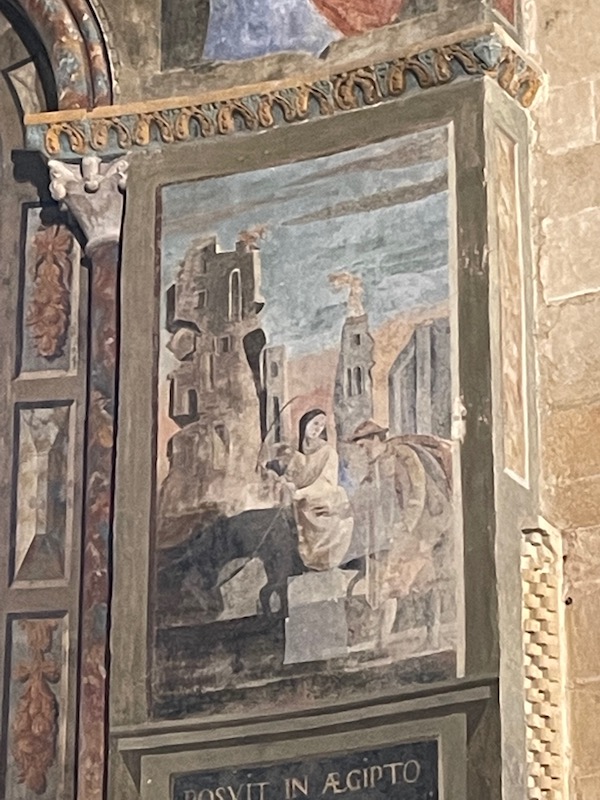


One of the most interesting things are the 12th century mosaics that were found on the left and right sides of the main altar. They are particularly surprising due to the theme of Hunting, which is not common in a medieval church. Here, you can see the hunter with spear hunting a wild boar, with what looks like a dog on top of the boar and a bird underneath. The next picture shows the other part of the mosaic (which for me is upside down), showing a 2 lions killing an antelope. The last picture has a hunter with a bow-and-arrow. If you look closely, his back leg has been amputated and he has a prothetic attached at the knee.
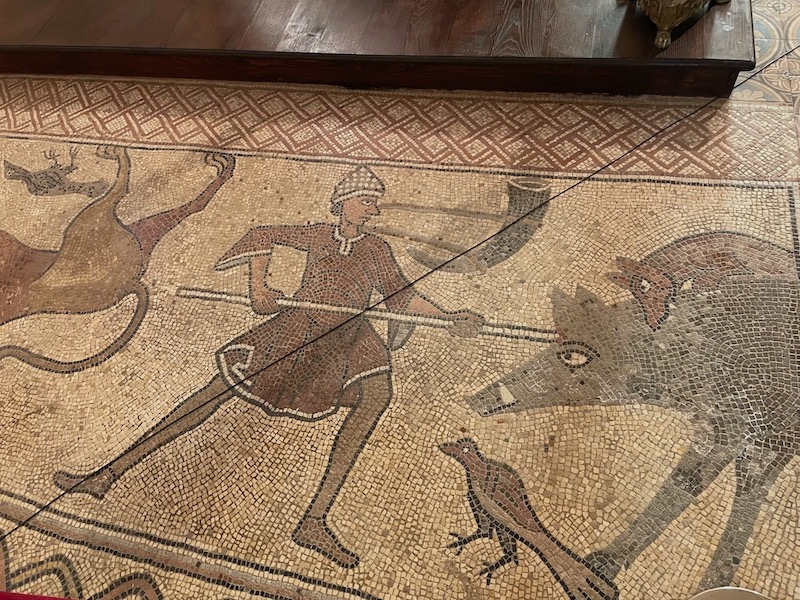
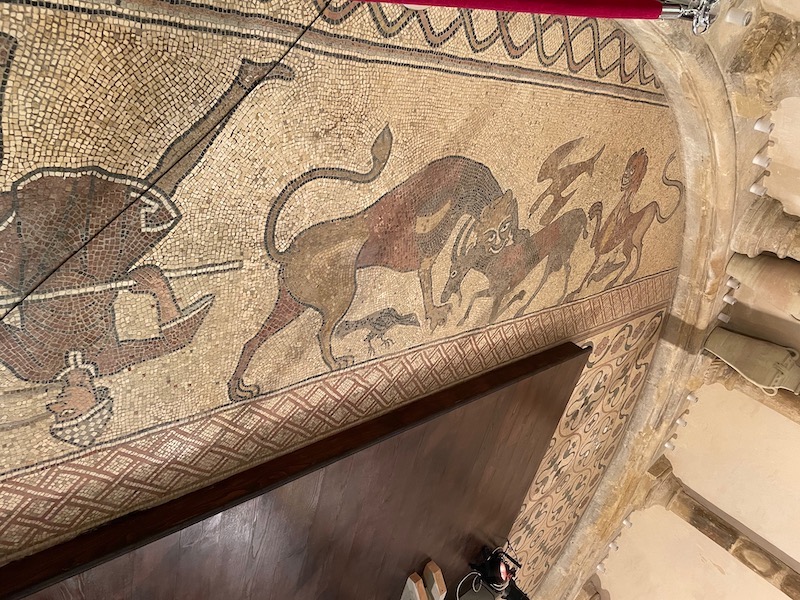
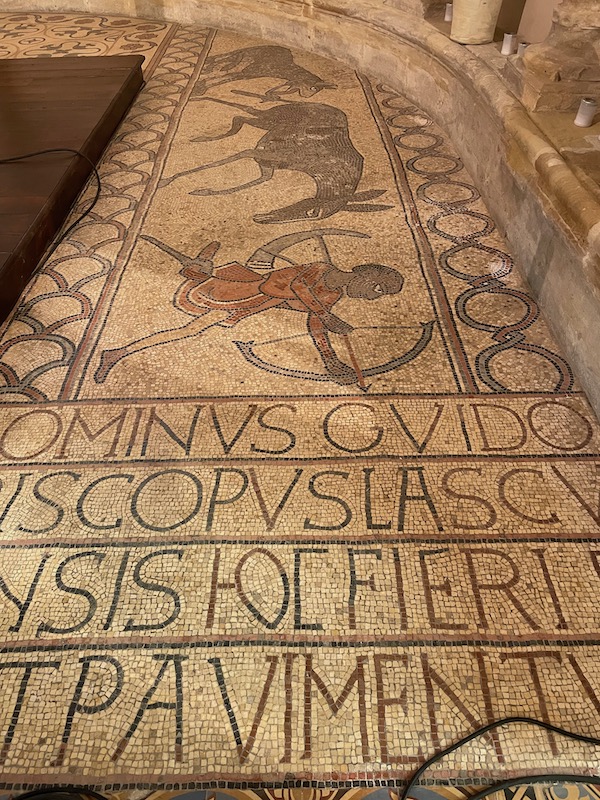
We drove through the little village of Geaune and decided to see if there was anything there. Other than a church, not really anything. We had wanted to maybe get something to drink but didn't find anything open on a Sunday (go figure).
The Église Saint-Jean-Baptiste de Geaune was built between 1380 and 1452. The outside seems more in a Romanesque style while the inside has very visible Gothic vaults. It suffered significant damage in 1569 during the Wars of Religion. The bell tower was destroyed in 1793 and rebuilt in the 19th century. Both inside and outside, it is a rather plain church.

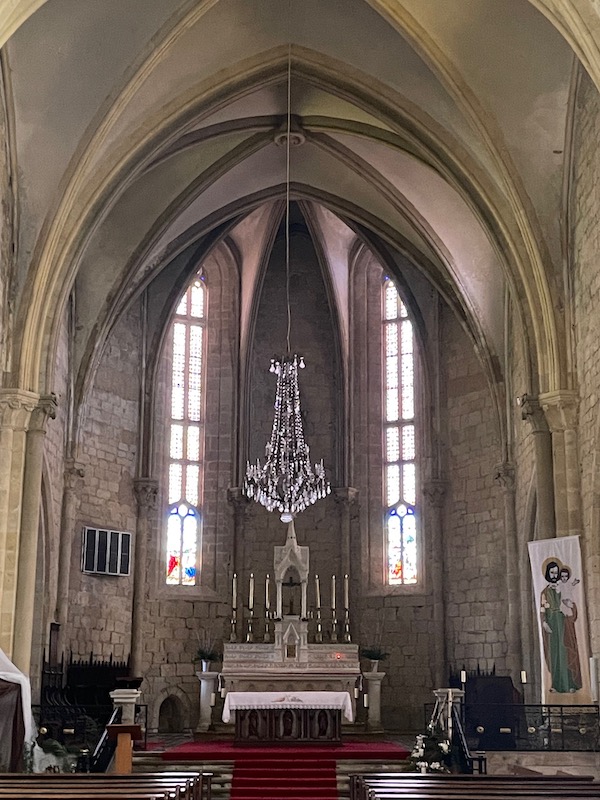



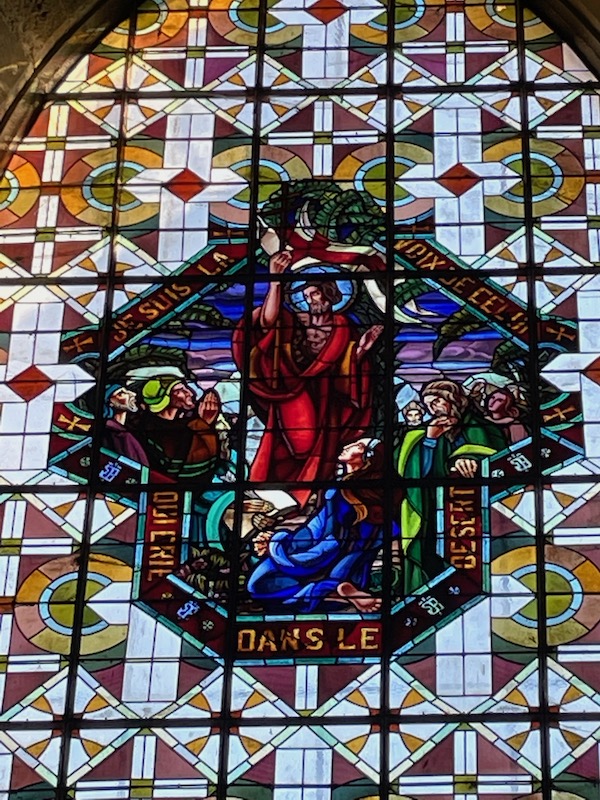
This is the Baptismal Chapel of Saint-Loup with a nice stained-glass window above the baptismal font.
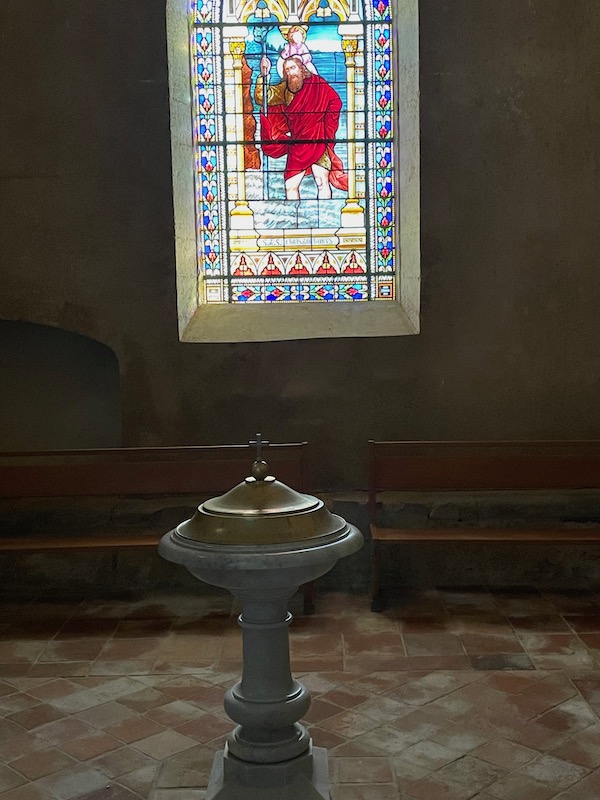
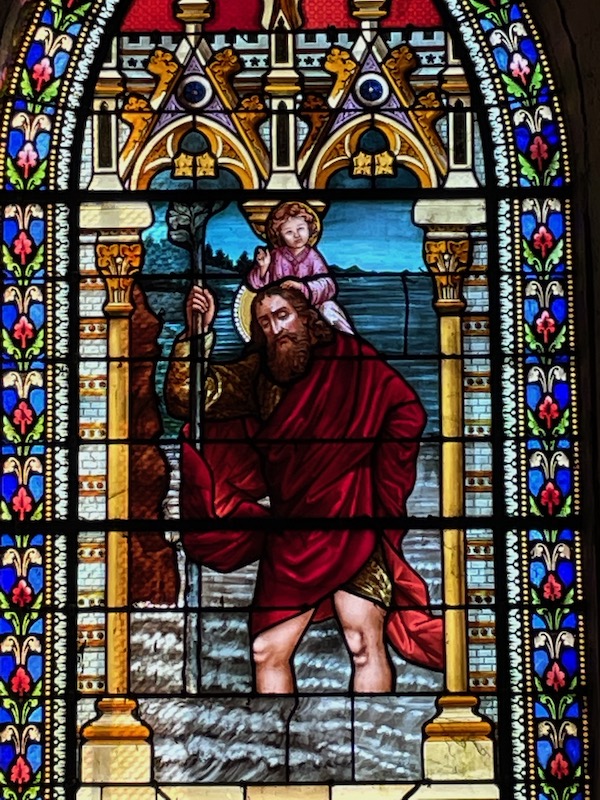
Another nativity scene, this one more life-sized but simple and more traditional than the one in Lescar.
